What are GPT Models and How are They Used in AI Chatbots?
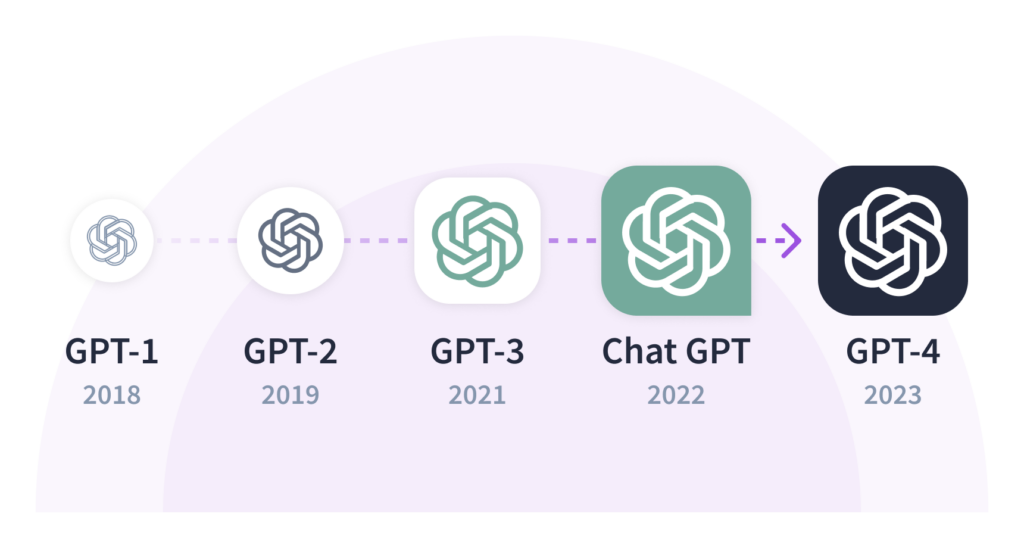
Have you ever wished for a digital assistant that really gets you? One that can discuss anything from coding problems to your next vacation spot? That's not a distant dream anymore. This is now a reality with Generative Pre-trained Transformer (GPT) models. OpenAi’s March 2023 release of GPT-4 was the start of a significant leap forward for these models. GPT-4 introduced multimodal capabilities—now these models don't just understand text but can also interpret images and audio.¹
The trend is clear: the AI industry is moving towards more advanced multimodal chatbots that offer personalized experiences. Reports from the MIT Technology Review and ZDNet highlight a shift towards personalized AI systems that adapt to individual needs.² ³
In this post, we'll examine why GPT models are crucial for AI chatbots, focusing on their influence on business operations and user experiences.
What Are GPT Models?
Generative Pre-trained Transformers, or GPT models, are a type of advanced natural language processing technology. They're designed to interpret and generate text that resembles human conversation, having been trained on a wide array of datasets. You can think of a GPT model as someone who's read extensively across various topics, equipped to discuss almost anything.

The Rapid Development of Better and Better Models
GPT-4 marked a significant leap forward with its multimodal functions. Now, these models can process not just text but also images and audio. This versatility speeds up operations and boosts efficiency in AI chatbots, expanding their use cases.
Insights from OpenAI's Research
OpenAI’s research showcases GPT-4's refined language skills and its ability to handle different applications effectively.⁴ These advancements have practical benefits for AI chatbots in multiple sectors.
The Arms Race in AI Post-GPT-4 Release
The launch of GPT-4 triggered a competitive frenzy in the AI industry. Tech giants and startups alike were racing to develop AI models that rival or surpass GPT-4's multimodal capabilities. This competitive atmosphere is rapidly driving forward AI technology, showcasing the industry's commitment to surpassing the high benchmarks set by GPT-4 in terms of efficiency, versatility, and advanced capabilities.
Industry Recognition and Market Demand
Reports from authoritative sources such as Gartner and Forrester confirm the growing market demand for GPT models.⁵ ⁶ They are increasingly seen as essential for enhancing AI chatbot interactions.
By 2026, more than 80% of enterprises will have used generative AI APIs and models and/or deployed GenAI-enabled applications in production environments, up from less than 5% in 2023.
Source: Gartner
The Strategic Importance of GPT Models in AI Chatbots
GPT models transform AI chatbots, enabling highly personalized interactions at scale. These advanced systems cater to the growing need for tailored communication, making them indispensable in various industries.
Educating the Workforce on GPT Models
The surge in GPT model adoption highlights a critical gap in AI literacy. To innovate and lead in AI, we must educate our workforce. The World Economic Forum emphasizes this,⁷ advocating for programs that deepen understanding of technologies like GPT models. It's vital to use learning resources that balance theory with practical application, preparing individuals for the complexities of AI.
Customized Conversations Through Advanced NLP
Businesses are on a quest to provide scalable personalized experiences. GPT models rise to this challenge. They don't just understand language; they grasp user preferences and behaviors, paving the way for truly personalized interactions.
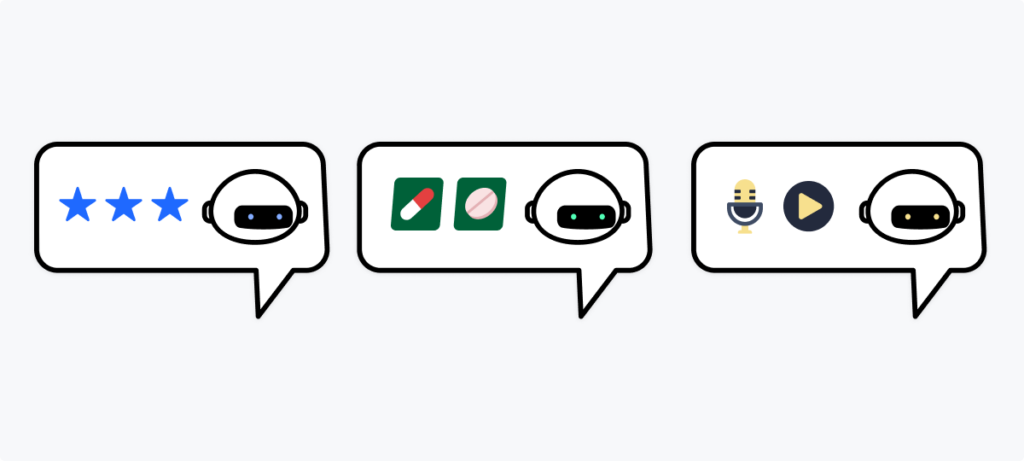
Ethical Deployment of AI Systems
As we integrate GPT models into everyday use, ethical deployment is paramount. We must ensure the responsible use and transparency of these technologies. Ethical practices should steer development and mitigate biases in training data. A Gartner's report points to more accessible AI tools but stresses the need for an ethical understanding of complex systems like GPT models.⁸
By 2025, 70% of enterprises will identify the sustainable and ethical use of AI among their top concerns.
Source: Gartner
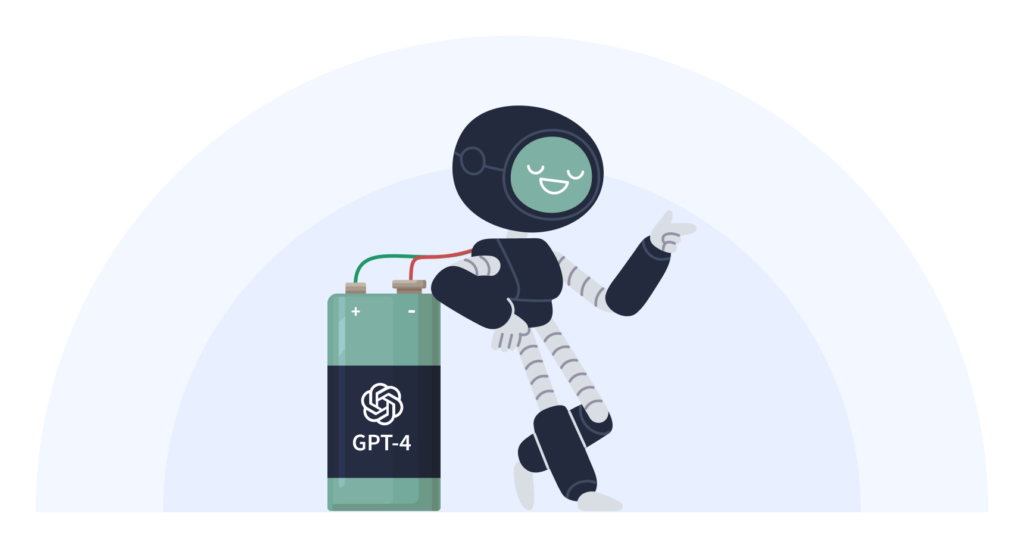
How GPT Models Power AI Chatbots
Continuous Learning for Fluent Dialogue
GPT models are like tireless learners, endlessly digesting text to master language. In AI chatbots, they apply this knowledge to converse on a broad range of topics. This leads to chatbots that not only understand but can also participate in conversations with a human-like touch.
The New Era of Machine Conversations
GPT integration marks a pivotal change in how we interact with machines. Moving away from rigid, command-driven bots, GPT-enabled chatbots grasp the subtleties and context of conversations. They are reshaping the landscape of AI chatbots, offering smarter and more efficient customer service solutions across various industries.
Advantages Across Industries
GPT models have brought substantial improvements to various sectors:
- Customer Support: These chatbots efficiently handle queries, delivering precise answers and improving customer satisfaction.
- Personalized Learning: They tailor educational content to individual learning preferences.
- Mental Health Support: Chatbots can now offer initial empathetic support for mental wellness.
- Content Creation: They expedite the creation of original content, from marketing materials to technical documentation.
Business Value Augmentation through GPT Chatbots
By integrating GPT models, AI chatbots now deliver interactions that closely mimic human conversation, available 24/7. This not only boosts customer satisfaction but also operational efficiency, as chatbots can manage routine inquiries. This leaves human employees free to tackle more complex issues. Additionally, the scalability of these models ensures consistent service levels regardless of demand changes.
Industries Embracing GPT-Enhanced Chatbots
Key sectors are already benefiting from GPT-powered AI chatbots:
- Customer Service: Retail, finance, and telecommunications companies are streamlining support and enhancing efficiency.
- Healthcare: Immediate responses to general inquiries and accessible mental health support improve patient care.
- Education: Students receive personalized learning experiences tailored to their individual needs.
GPT Models in AI Chatbots: Practical Applications
GPT models are reshaping how AI chatbots operate across industries, offering immediate and personalized assistance that streamlines complex inquiries and boosts efficiency. Let's look at specific use cases to understand their impact better.
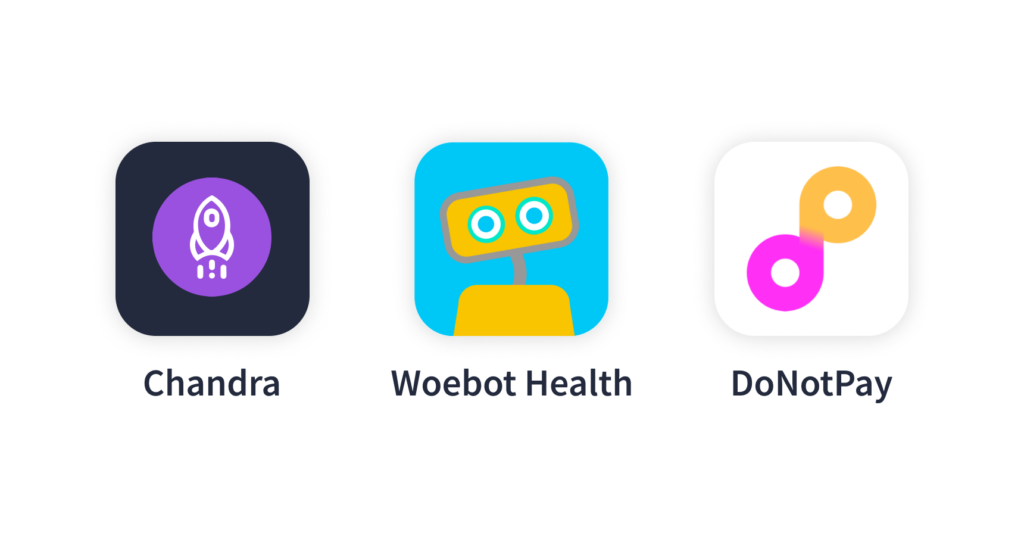
Education Tailored to You: Dataquest
GPT models are transforming education by enabling personalized tutoring through AI chatbots. Dataquest's AI tutor, Chandra, adapts teaching methods and difficulty levels to fit each learner's pace, providing a more responsive educational experience.
Supporting Mental Health: Woebot Health
Mental health initiatives also benefit from GPT technology. Woebot Health employs a GPT-based chatbot that uses cognitive behavioral therapy techniques to help users manage depression and anxiety symptoms.⁹
Legal Aid at Your Fingertips: DoNotPay
DoNotPay, known as the "robot lawyer," leverages a GPT model to provide legal assistance in various areas, like contesting parking tickets and handling customer service disputes. This AI legal chatbot democratizes access to legal information, making it easier for individuals to navigate legal challenges.¹⁰
Challenges and Ethical Considerations of GPT Models in AI Chatbots
Addressing Data Bias
GPT models in AI chatbots learn from vast internet datasets, which may contain biased information. This raises a critical ethical concern: the potential for AI to perpetuate existing stereotypes or unfair perspectives. To counter this, it's crucial to scrutinize training datasets and strive for more balanced data sources.
Mitigating Misinformation Risks
The ability of GPT models to generate convincing text opens the door to misuse, such as creating deepfakes or spreading misinformation. Distinguishing AI-generated text from human writing is challenging, a problem highlighted by the MIT Technology Review. This situation calls for robust online information integrity measures.¹¹
Balancing AI and Employment
AI's impact on jobs is double-edged: it can create new roles while displacing others. The World Economic Forum’s 'The Future of Jobs' report discusses this balance and the need for new skill sets in an automated workplace.¹²
Intellectual Property and Privacy Concerns
The debate between autonomy and control in AI involves intellectual property rights and privacy issues related to AI chatbots. As these technologies advance, we must develop policies and ethical guidelines that address content ownership and data management.
GPT models significantly benefit AI chatbot functionality but also present challenges that demand attention from developers, policymakers, and educators. Proactive engagement with these issues is key to ensuring that AI advancements serve society positively.
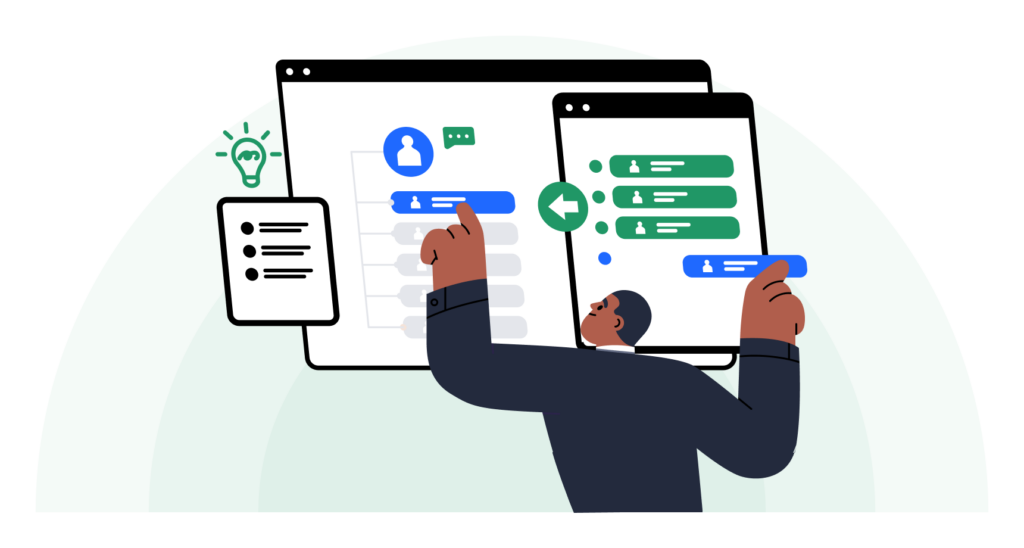
Future Work: Opportunities and Shifts
Although many fear being replaced by AI, the emergence of GPT models is creating new professional roles while increasing demand for skills in machine learning and natural language processing. Roles focusing on ethical AI development, data analysis, and user experience design for AI systems are becoming more prevalent as well.
AI won’t replace people—but people who use AI will replace people who don’t.
Source: IBM Institute for Business Value
Adapting Workforce Roles to Technological Advances
As technology progresses, continuous learning is essential for professionals to maintain relevance. Workers must prioritize adaptability and lifelong education to thrive in a job market increasingly influenced by AI technologies.
The integration of GPT models into AI chatbots is not only enhancing business operations but also paving the way for new career opportunities. The implications for both businesses and individuals are significant—improving customer interactions to fostering new professional paths—underscoring the importance of staying informed and adaptable to harness these advancements effectively.
The AI revolution has reached an inflection point.
Executives estimate that 40% of their workforce will need to reskill as a result of implementing AI and automation over the next three years.Source: IBM Institute for Business Value
Getting Started with GPT Models and AI Chatbots
Before diving into the world of GPT models and AI chatbots, it's important to have a solid foundation in programming, especially in Python. This language is a key player in data science and the go-to for working with GPT libraries and AI tools. Additionally, knowing how to handle data is essential for training and fine-tuning intelligent systems effectively.
Dataquest’s Generative AI Fundamentals in Python Skill Path is a top-notch resource for those seeking a structured approach to learning generative AI concepts and their application in chatbot technology. It lays down a strong base, setting you up for more advanced studies or hands-on work in this exciting field.
The Dataquest Difference
What sets Dataquest's AI skill path apart is its focus on real-world application within each lesson. This project-based method ensures you not only grasp the theory but also put it into practice by building GPT-powered chatbots—projects that will boost your professional portfolio and employability in the fast-paced world of AI.
If you're at the start of your AI journey, here's how to proceed:
- Grasping Generative AI: Kick off by getting a solid understanding of what generative AI and AI chatbots are all about. It’s the big picture of where you’re heading.
- Python Basics: Dive into Python programming fundamentals. It’s the backbone of AI work, so you must get this down solid.
- Web Development Essentials: Learn the nuts and bolts of web development. It’s crucial for any tech-driven career today, especially in AI.
- Intermediate Python Skills: Now, amp up your Python game. We're talking about advanced concepts that are critical in the AI space.
- Mastering APIs and Web Scraping: Get hands-on with APIs and web scraping. This is where your Python skills meet real-world data.
- Building AI-Driven Applications: Finally, learn to develop AI-driven chatbots and web apps. This is where you bring everything together – Python, APIs, and AI – to create something awesome.
Prepare for your AI Career
Dataquest prepares you for an AI career by emphasizing hands-on experience with industry tools, giving you an edge over those with only theoretical knowledge.
By following this roadmap and leveraging Dataquest resources, you can expect not just understanding but also proficiency in applying GPT models when crafting responsive and intelligent AI chatbots—a vital skill set for anyone who wants to work with artificial intelligence.
Ready to start your AI learning journey? Dataquest invites you to enroll in the Generative AI Fundamentals in Python Skill Path skill path designed to turn beginners into proficient creators of sophisticated GPT-powered chatbot applications in just three months. Position yourself at the forefront of technology—begin your learning with Dataquest today and set yourself apart in the tech industry.